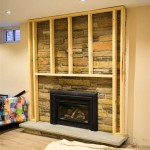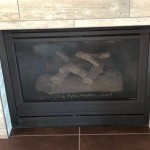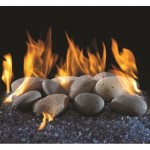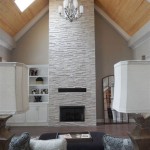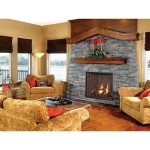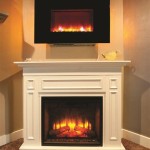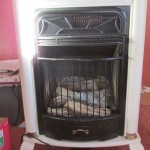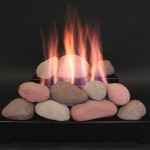Add a Touch of Warmth and Ambiance: Essential Aspects of Adding a Fireplace to an Interior Wall
A fireplace holds the power to transform an ordinary living space into an inviting and cozy haven. Whether it's a crackling wood-burning hearth or a sleek gas fireplace, adding a fireplace to your interior wall can elevate the ambiance and create a focal point that draws people together. Here are some essential aspects to consider when embarking on this home improvement project:
1. Determine the Type of Fireplace:
The first step is to decide which type of fireplace best fits your needs and space. Wood-burning fireplaces offer the authentic ambiance of a traditional hearth, but they require proper ventilation and regular maintenance. Gas fireplaces provide convenience and flexibility, operating with the flip of a switch and offering adjustable heat settings. Electric fireplaces are a budget-friendly option that simulates the look of flames and heat without the need for wood or gas.
2. Choose the Location:
The location of your fireplace is crucial for both aesthetics and functionality. Consider the size of the room, the traffic flow, and the existing furniture arrangement. Avoid placing the fireplace too close to flammable materials or in narrow spaces where it could pose a hazard. A central location often works best, creating a cozy gathering area.
3. Plan for Ventilation and Safety:
Proper ventilation is essential for wood-burning fireplaces. Ensure there is an adequate air supply to the firebox and a dedicated chimney or flue to exhaust smoke and gases. Gas fireplaces also require ventilation, typically through a vent pipe connected to an exterior wall. Always follow manufacturer instructions and consult with qualified professionals to ensure proper installation and safety measures.
4. Select the Facing and Surround:
The facing and surround of your fireplace frame the firebox and define its overall appearance. Materials like stone, tile, or brick offer classic options that blend seamlessly with various décor styles. For a contemporary touch, consider metal or glass surrounds. The size and shape of the facing should complement the fireplace opening and the room's proportions.
5. Consider the Mantel and Accessories:
A mantel adds a decorative element above the fireplace opening, creating a focal point and providing a place for displaying family photos or cherished items. Choose a mantel that harmonizes with the facing and the overall style of the room. Fire tools, such as a poker, tongs, and brush, are essential accessories that enhance the fireplace's functionality and add a touch of authenticity.
6. Enjoy the Ambiance:
Once your fireplace is installed and ready to use, sit back, relax, and enjoy the warmth and ambiance it brings to your home. Gather with loved ones around the flickering flames, curl up with a good book, or simply bask in the cozy atmosphere it creates. A fireplace becomes a timeless element that adds character and value to your living space for years to come.
Types Of Fireplaces To Consider When Remodeling An Existing Home Degnan Design Build Remodel

7 Fireplace Surround Ideas That Will Ignite The Room

I Built A Fireplace Easier Than Thought

How To Build A Media Wall With Fireplace Direct Fireplaces

How To Build A Diy Built In Fireplace With An Electric Insert The Creative Mom

Diy Faux Plaster Electric Fireplace Chelsey Freng

Modern Diy Electric Fireplace Wall

How To Turn A Plain Wall Into Fireplace And Tv Showpiece Fox 59

Diy Fireplace Makeover Wood Slat

I Built A Fireplace Easier Than Thought

